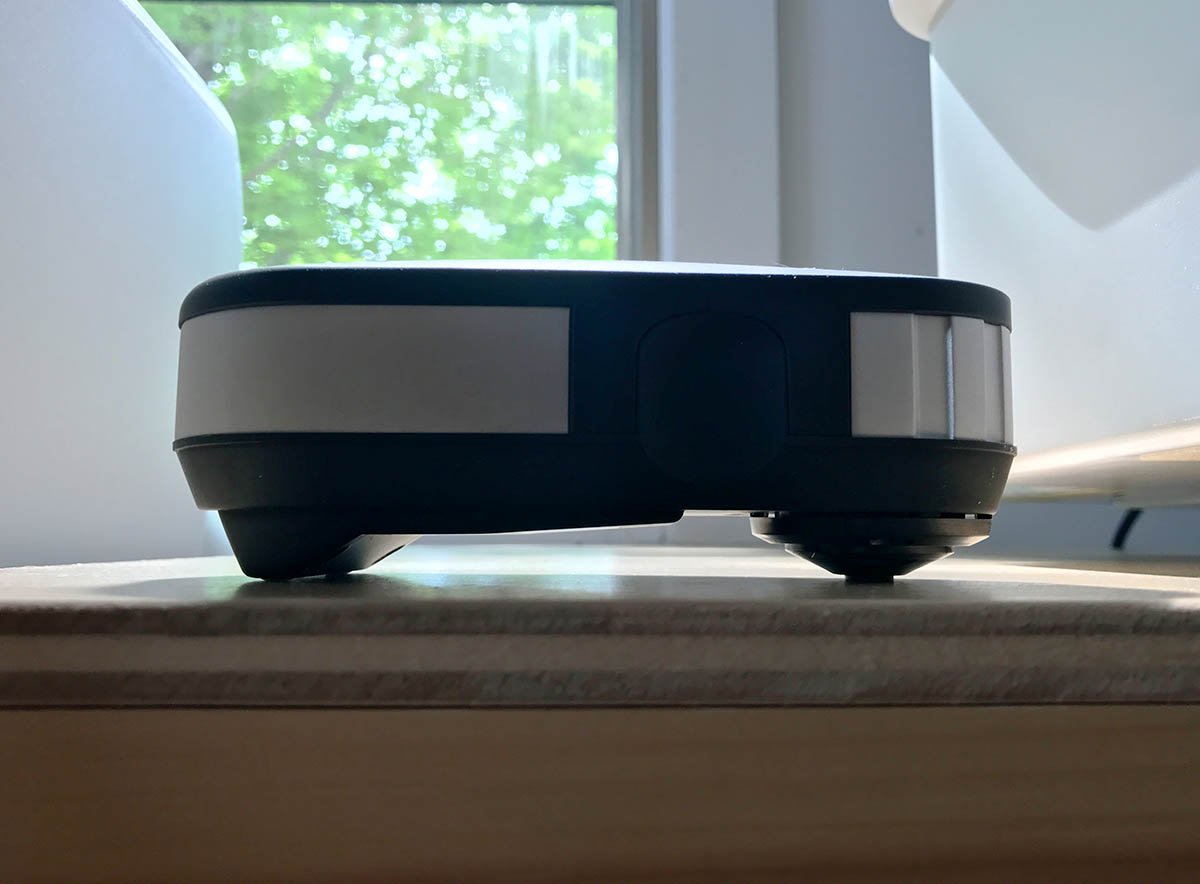Jon Cone invented quad-black inkjet printing back in the early 1990s. He also introduced pigment inks into inkjet printers earlier than Canon, Epson and HP! Today, Piezography® uses 11 different monochromatic inks, eight of which are gradated to produce tens of thousands more gray levels than can Canon, Epson or HP with their printers. The 11th ink is a Gloss Chroma Optimizer that eliminates gloss differential. We also formulate the world’s darkest matte and photo black inks. You can buy these for your printers if you like.
Whether you choose fine art matte or fine art glossy/baryta, our Piezography carbon prints will make your work come alive with greater dMax, superior shadow and highlight detail, higher acuity, and a significantly smoother tonal response. The surface of a Piezography print is absolutely unique in the print world.
Our Piezography black & white system can literally produce millions of different monochromatic tones and split tones. We simplify the process of choosing by offering these options. When you work in collaboration with us, we can more than likely match any historical b&w darkroom paper/developer that you can provide us a sample of.
Toning & ICCs
Piezography comes in many different color hues, blends, and splits. These pigment colors are built into the carbon monochrome ink itself and are not added with cyan, magenta, or yellow color dots. This gives the Piezography print a unique depth and feel that is totally un-achievable by normal printing processes. With our new Piezography Pro ink we’ve gone one step further and added two ink sets into one printer. On one side we have a strong warm and on the other side we have a cool neutral. Then we can mathematically mix and match these two inksets on-the-fly when we print. The maintains that legandary look-and-feel of Piezography (no color dots!) while giving us unlimited flexibility to target specific hues into specific parts of the image. The image below shows a Piezographt Pro curve that is cool in the shadows and warm in the highlights. It’s for gloss paper (there is gloss optimizer that prints all the way through the white of the paper shown by the gray line rising on the right).
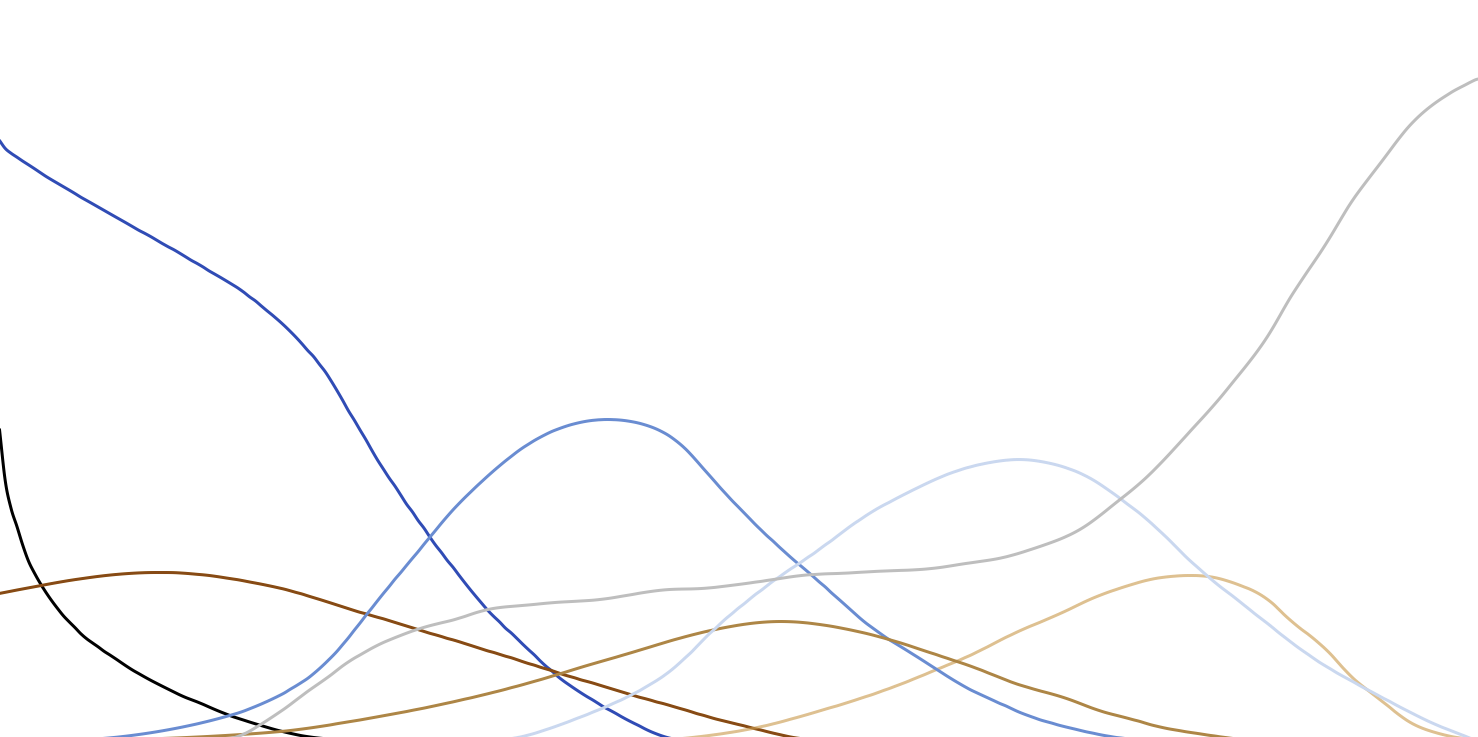
There are billions of different hue combinations to choose from and we can make this happen when Photographers visit us for production in the lab, but to simplify things we’ve come up with a standard list of toning options to choose from. They are listed below along with ICCs that can be used to preview the ink on your own image in Photoshop.
Available Hues (Piezography Pro Ink):
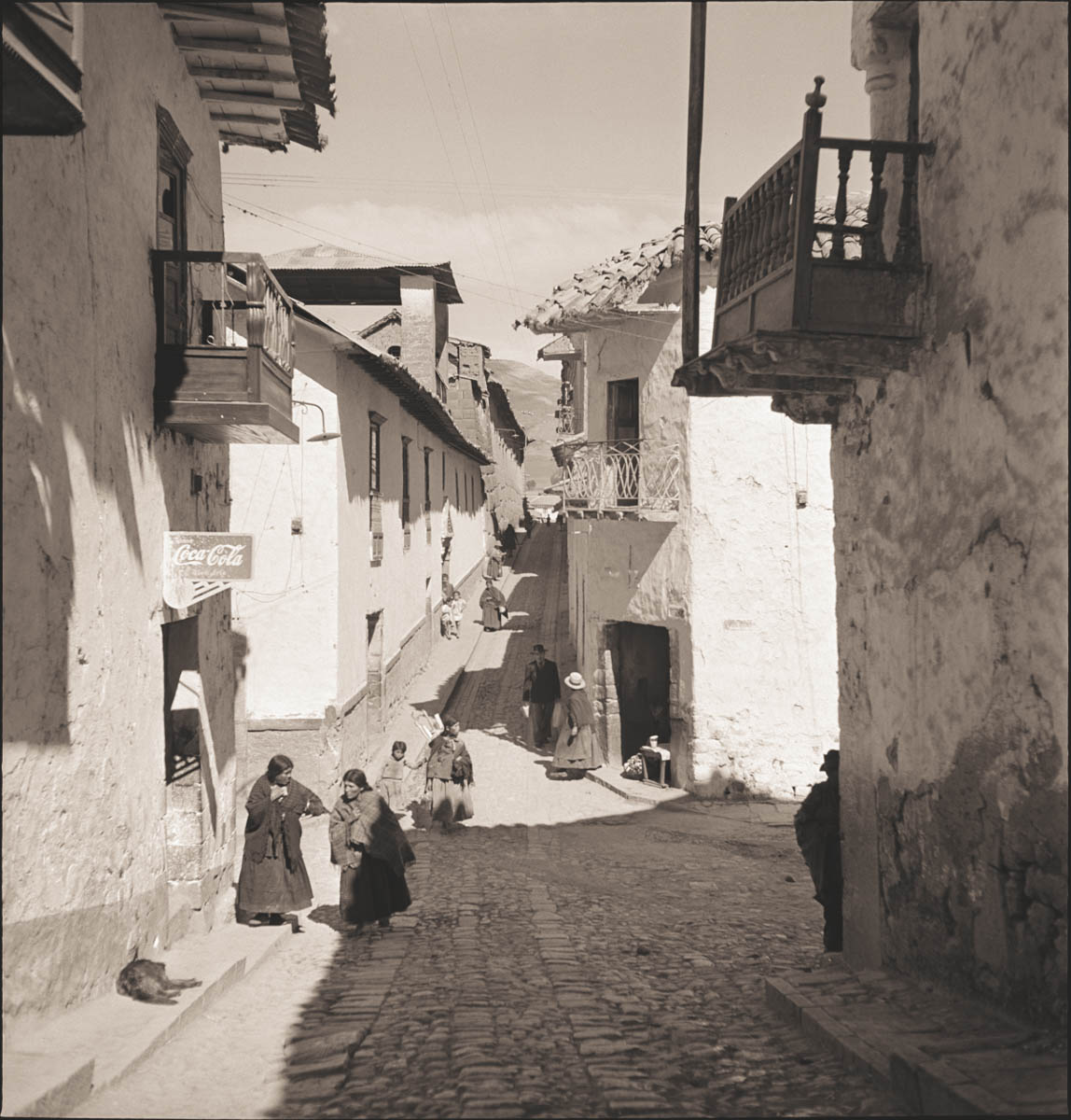
Ink: Piezography Pro
Name: Full Warm
Hue: 100% Warm
Soft Proof ICC: Download Here
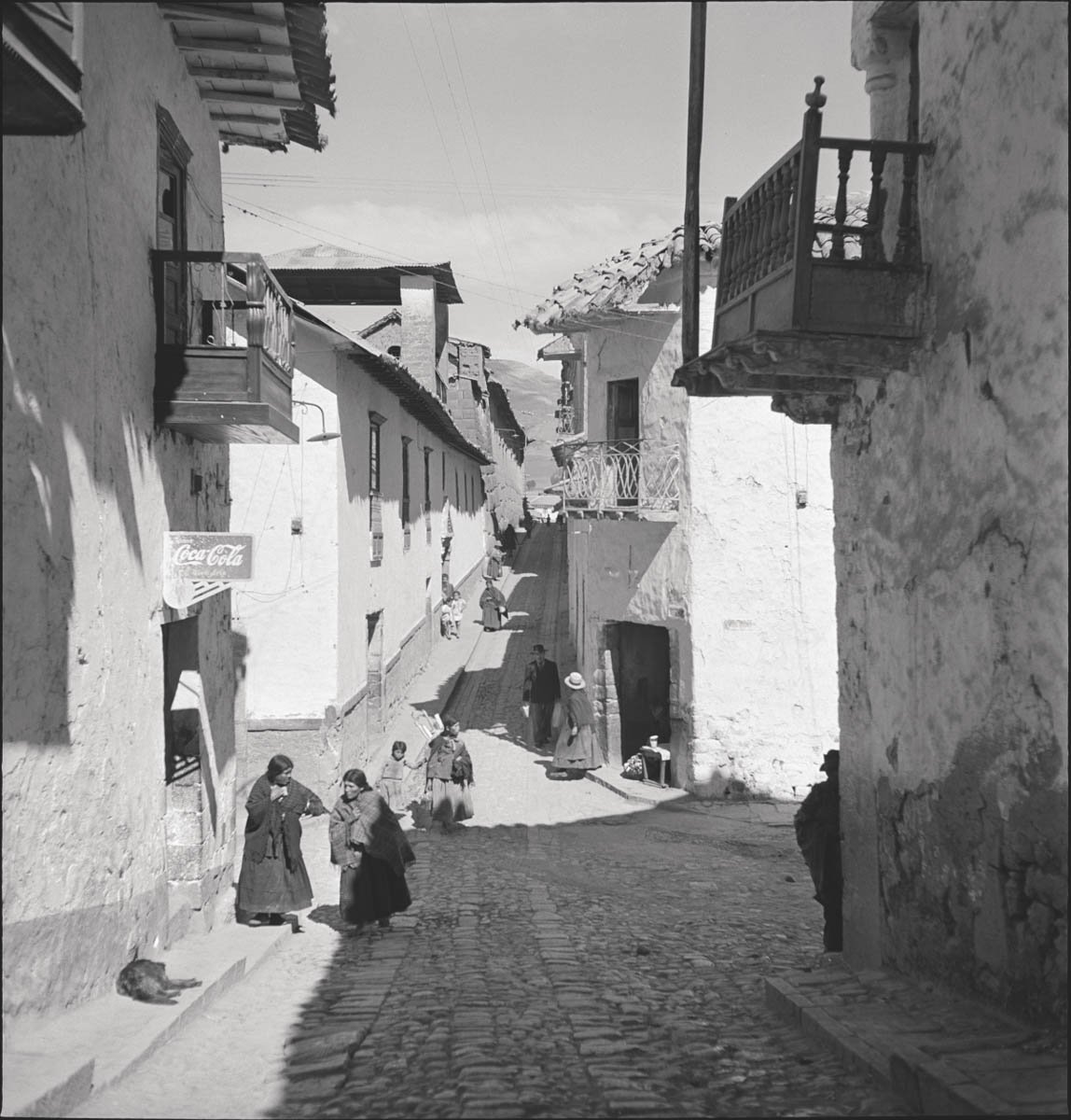
Ink: Piezography Pro
Name: Neutral
Hue: 100% Neutral
Soft Proof ICC: Download Here
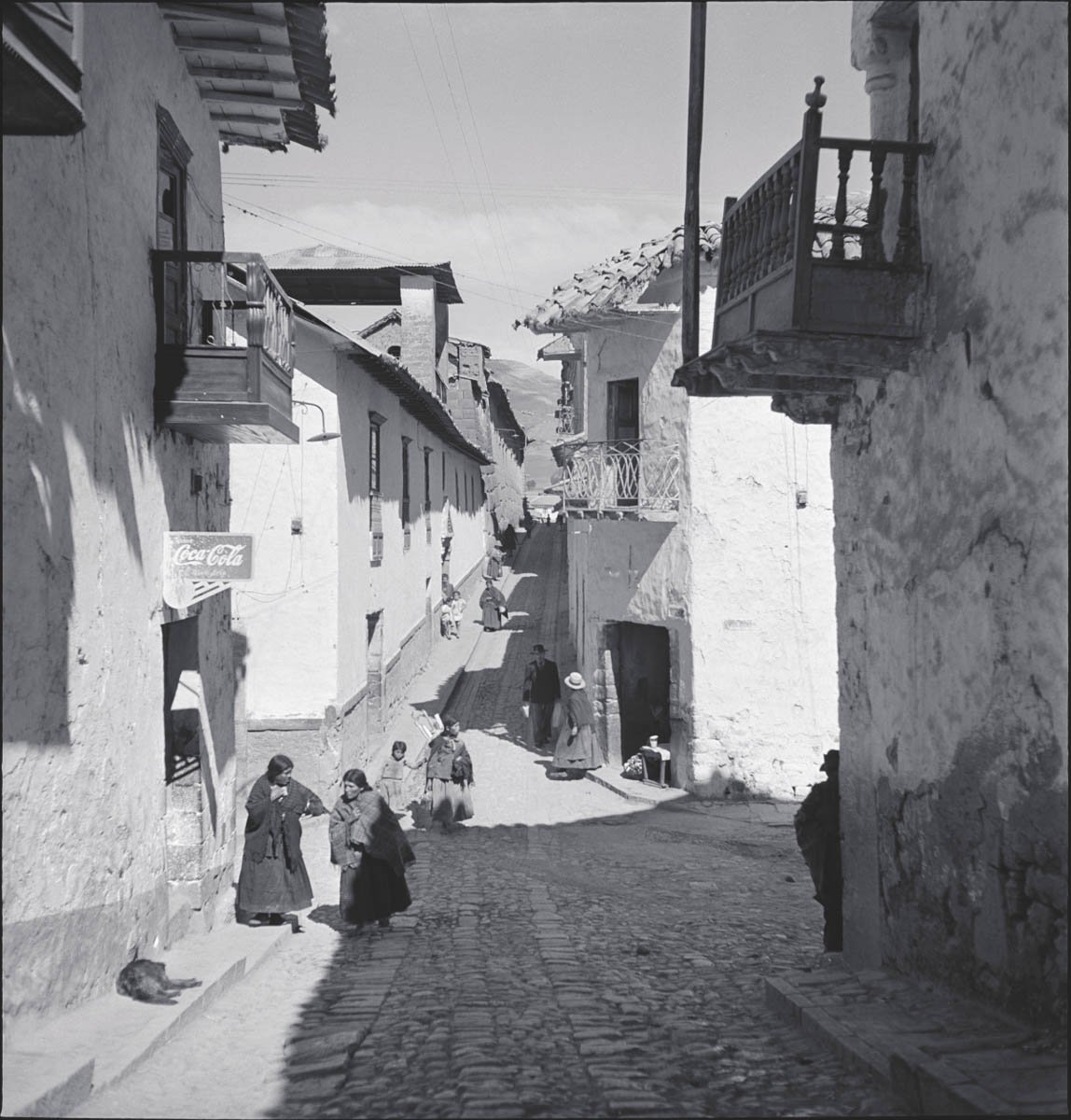
Ink: Piezography Pro
Name: Cool Neutral
Hue: 100% Cool (matte paper)
Soft Proof ICC: Download Here
Available Blends (Piezography Pro Ink):
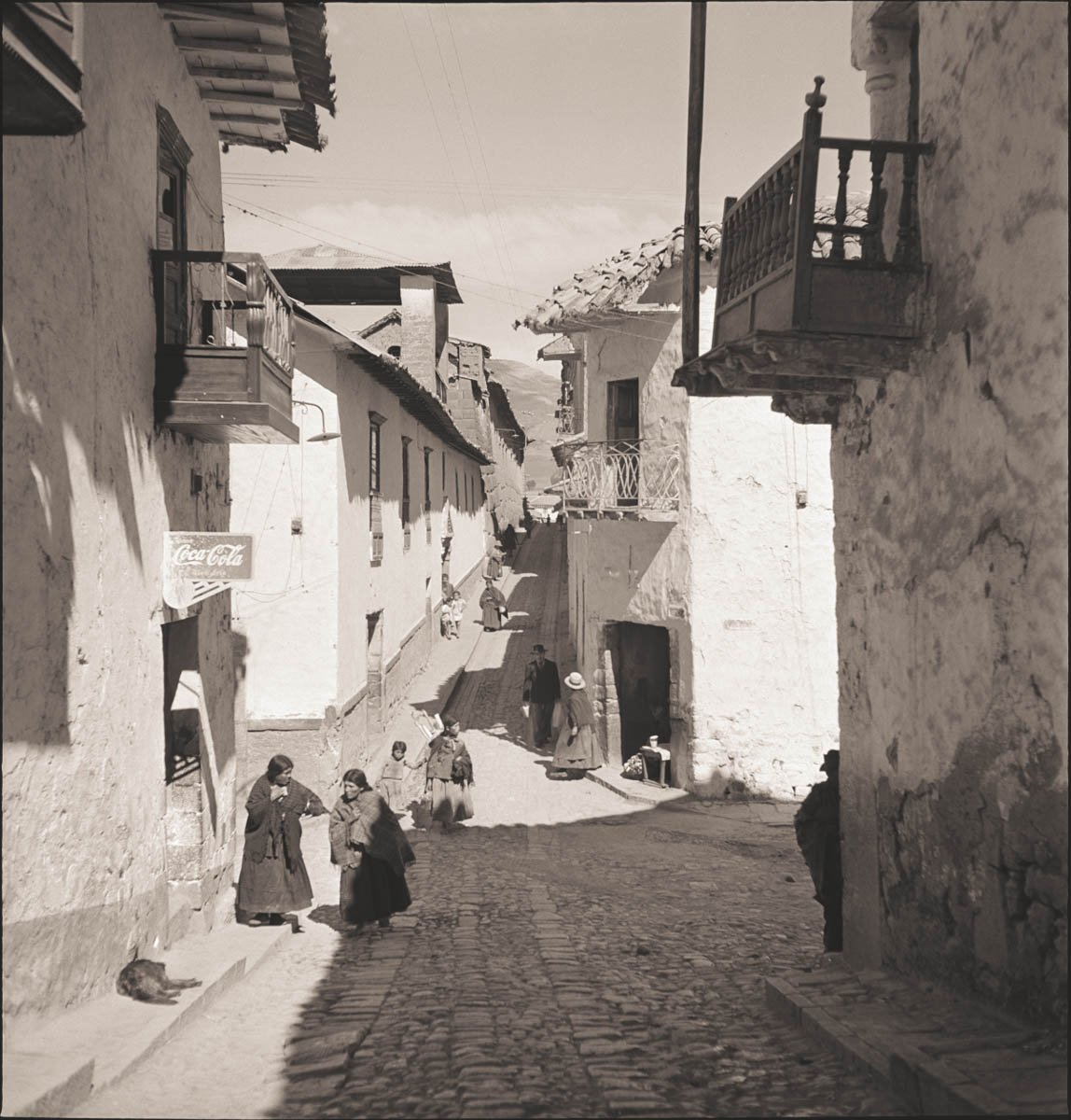
Ink: Piezography Pro
Name: Warm
Hue: 20% Neutral & 80% Warm
Soft Proof ICC: Download Here

Ink: Piezography Pro
Name: Semi-Warm
Hue: 40% Cool & 60% Warm
Soft Proof ICC: Download Here
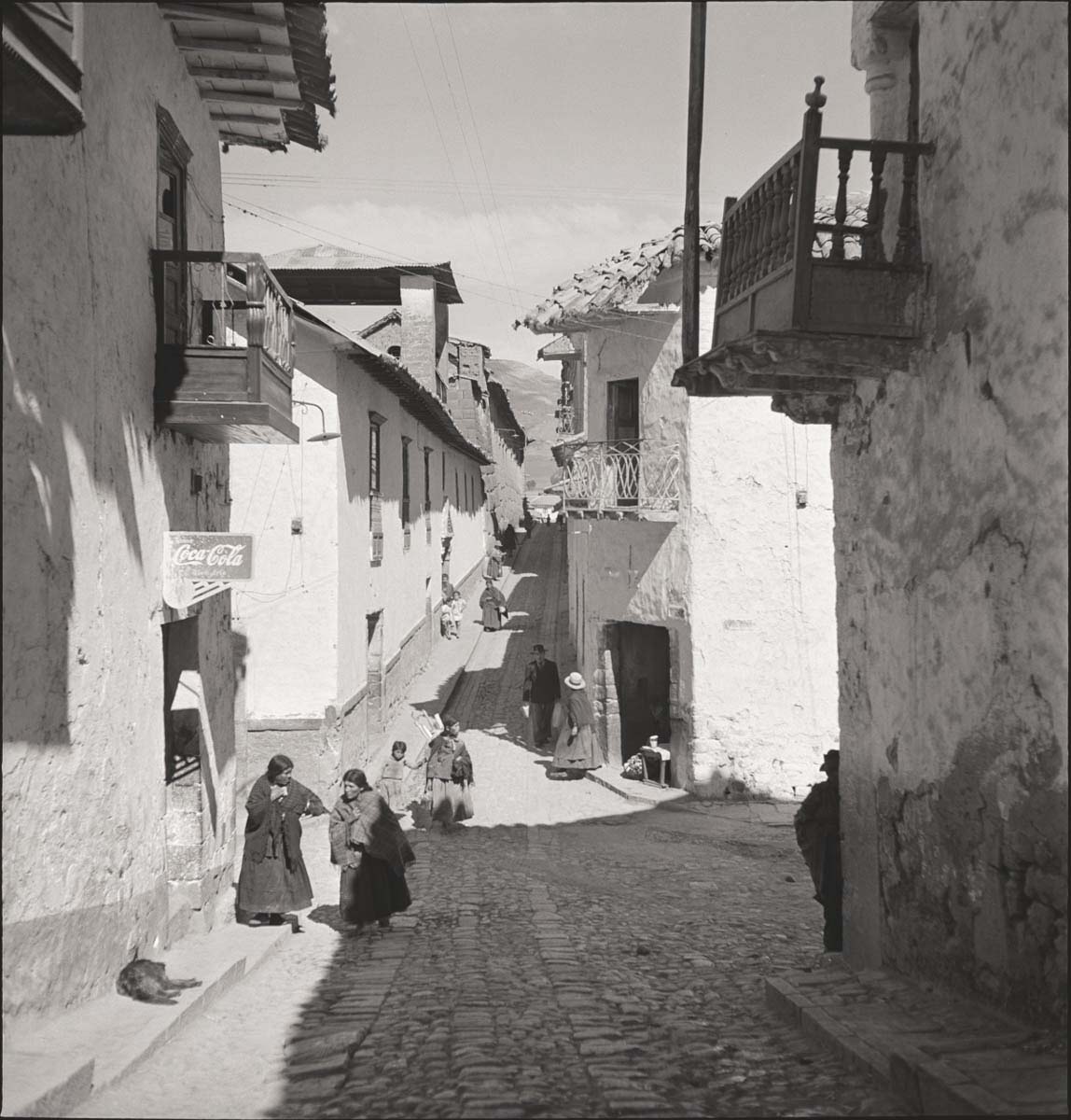
Ink: Piezography Pro
Name: Warm-Neutral
Hue: 80% Neutral & 20% Warm
Soft Proof ICC: Download Here
Available Splits (Piezography Pro Ink):
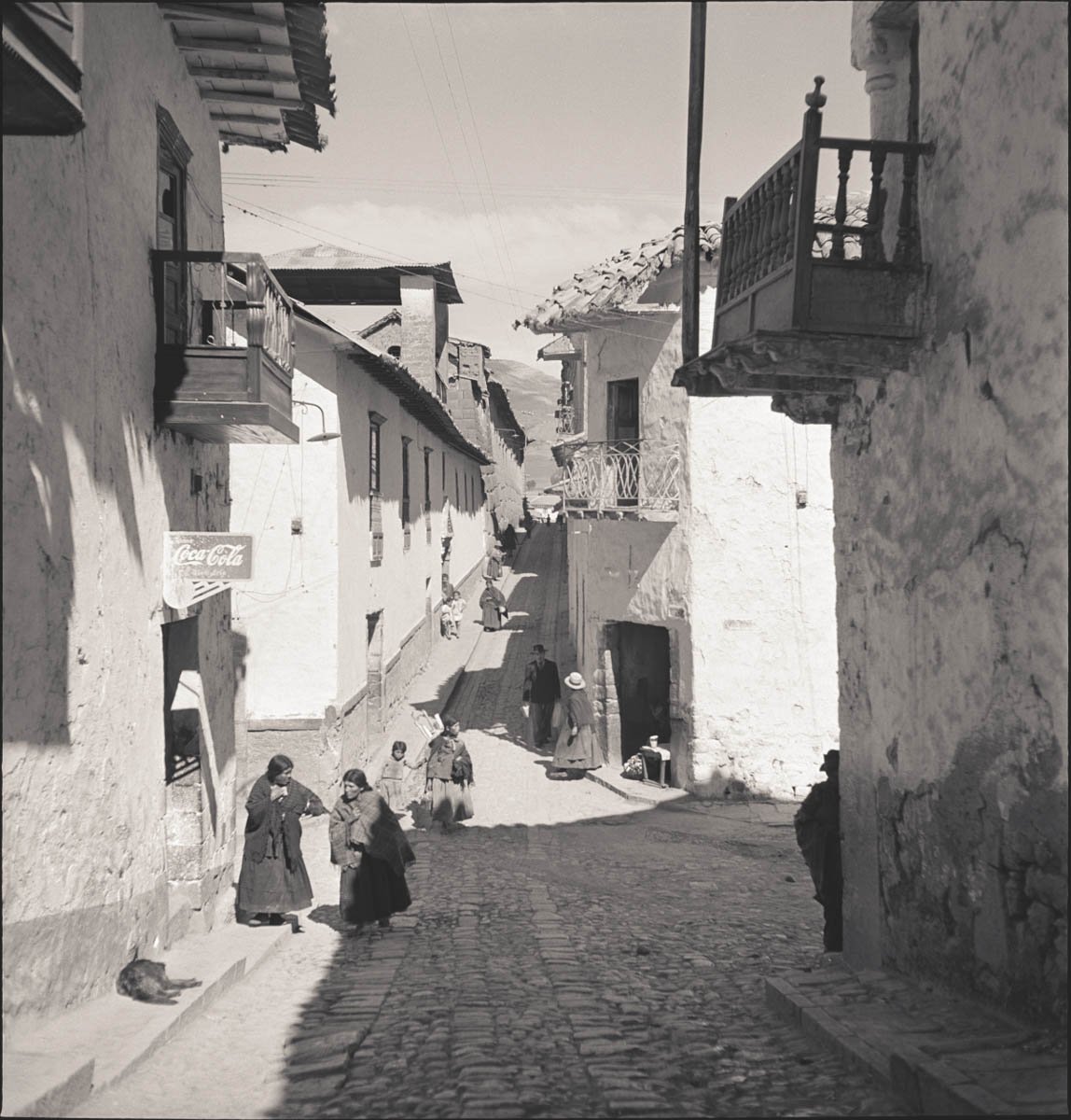
Ink: Piezography Pro
Name: Warm Highlights, Cool Shadows
Highlights: 20% Neutral & 80% Warm
Midtones: 50% Cool & 50% Warm
Shadows: 30% Cool & 70% Neutral
Soft Proof ICC: Download Here
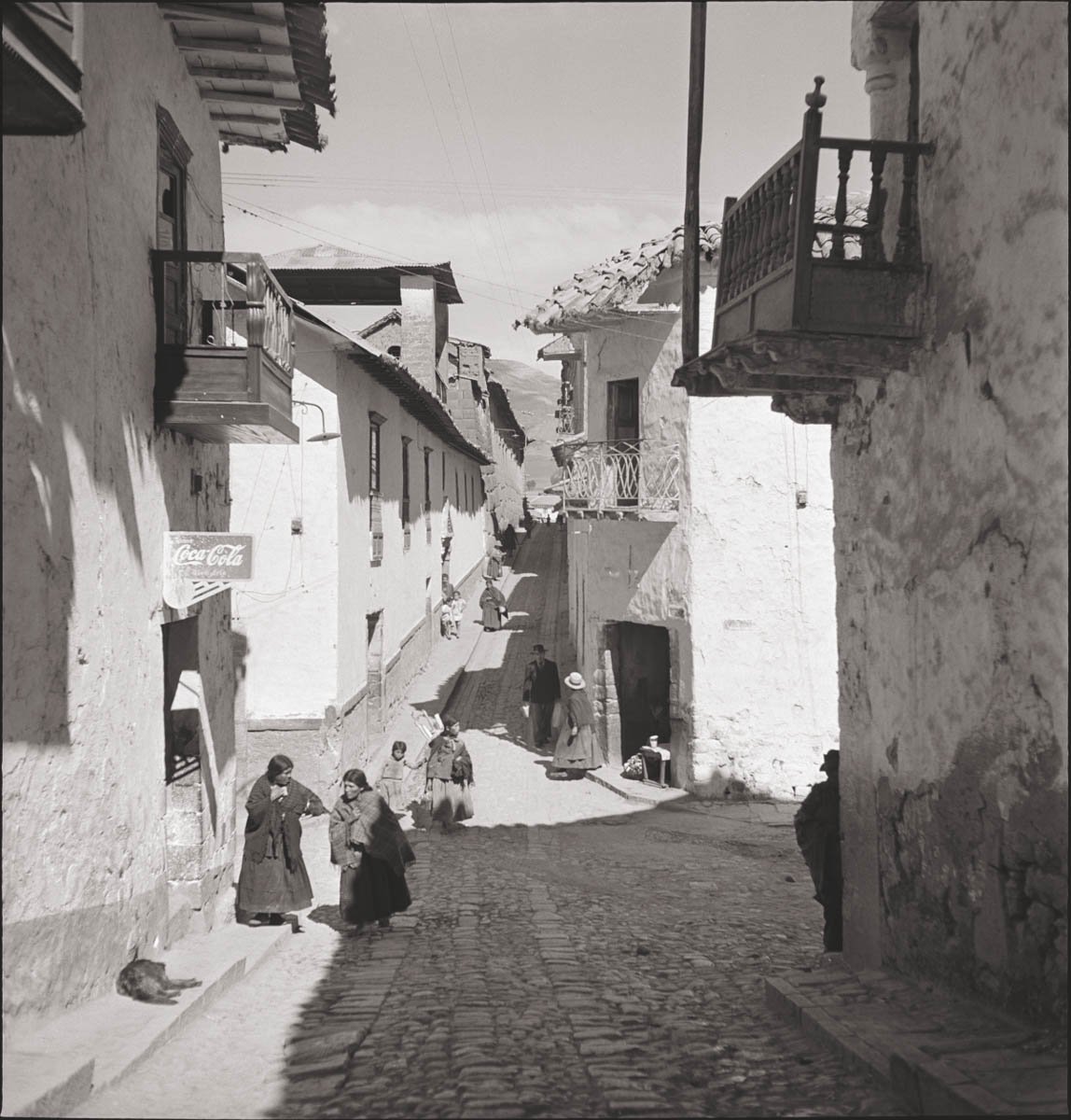
Ink: Piezography Pro
Name: Cool Highlights, Warm Shadows
Highlights: 20% Cool & 80% Neutral
Midtones: 60% Cool & 40% Warm
Shadows: 20% Neutral & 80% Warm
Soft Proof ICC: Download Here
Available Hues (K7 Legacy Piezography Ink):
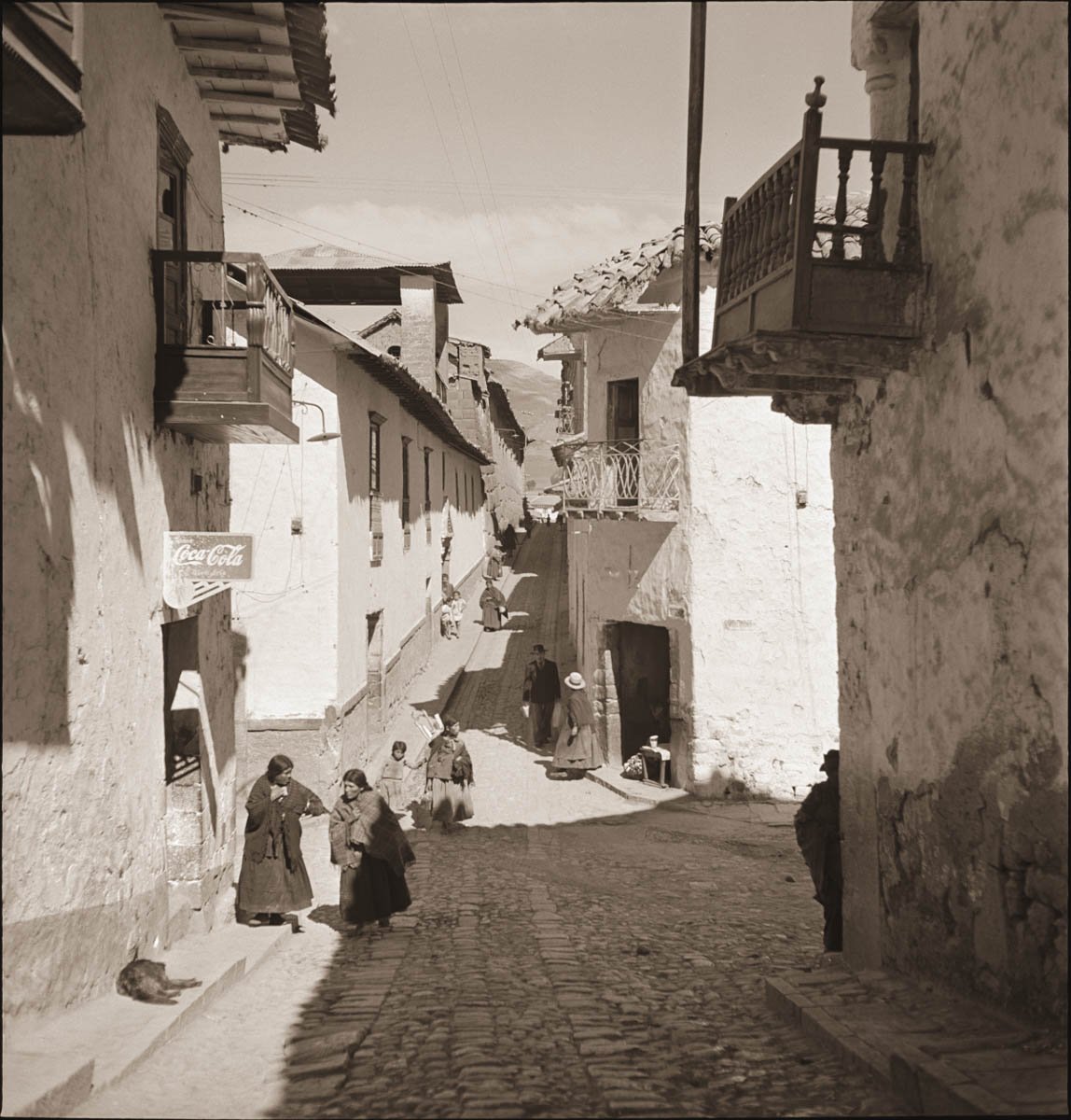
Ink: Piezography K7 Carbon
Name: Carbon
Soft Proof ICC: Download Here

Ink:
Piezography K7 Special Edition
Name:
Special Edition
Soft Proof ICC:
Download Here
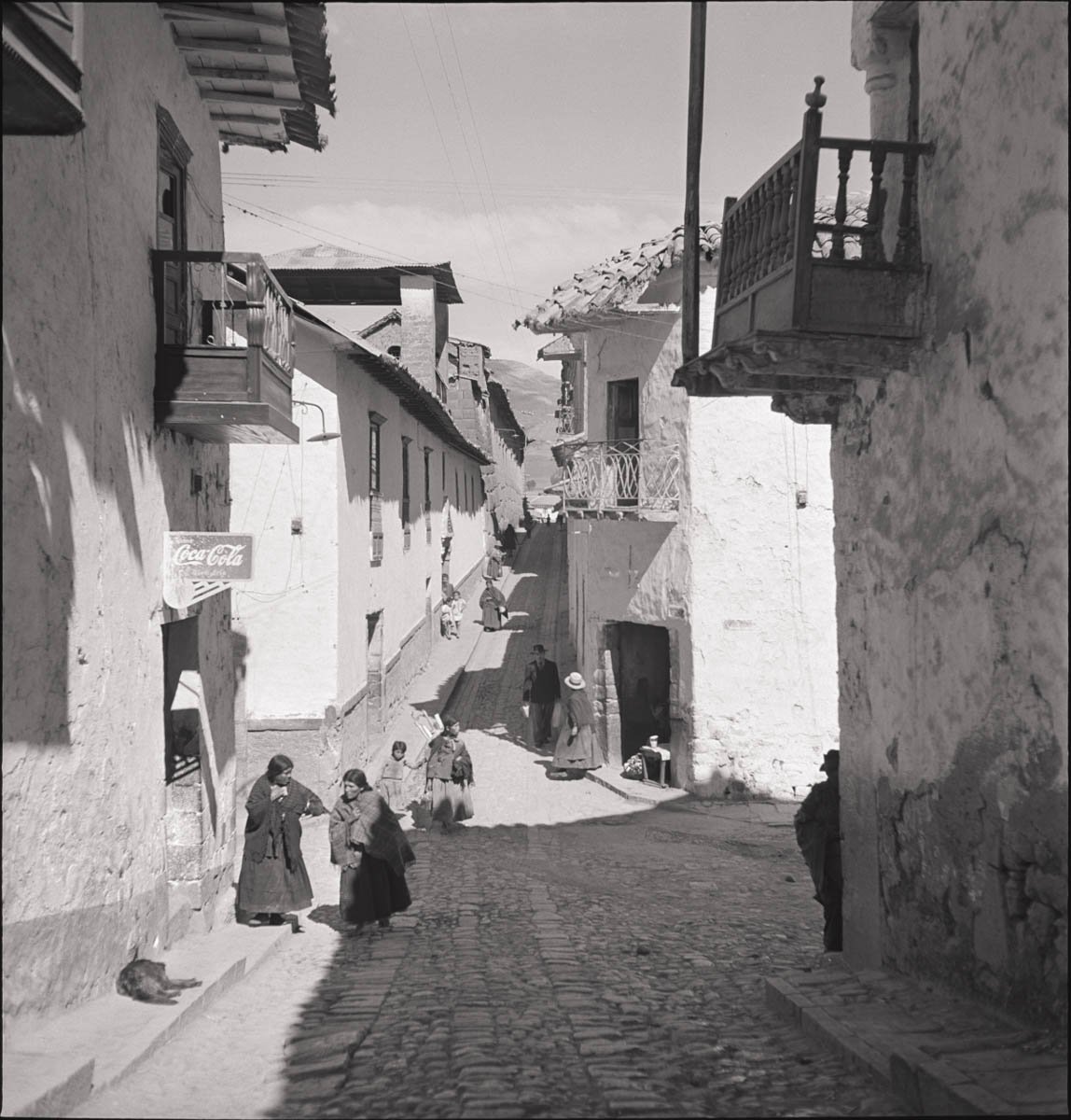
Ink:
Piezography K7 Selenium
Name:
Selenium
Soft Proof ICC:
Download Here
Resolution & Tonal Fidelity
Because you get rid of all color inks when you convert a printer to Piezography and then replace those color inks with intermediate shades of grey ink, the physical amount of nozzles that get fired to make an individual section of print is dramatically more. Whenever you have more dots and whenever those dots are closer together, you get increased resolution. Piezography re-creates the fine hair-line resolution you get from contact-printing in the darkroom. Combine the quality of modern CMOS digital cameras and Piezography and you get the ultimate monochrome print. Cone Editions is the lab that invented the system and we have some unique tools that we’ve built in-house that allow the ULTIMATE achievable resolution and tonal fidelity.

dMax (blackness of Black)
Using state-of-the-art technology, Cone Editions Press and Vermont Photo Inkjet came up with the darkest 100% archival carbon ink on the planet. This exclusive matte black ink is 10% darker than the nearest competitor (HP Matte Black) and nearly 25% darker than Epson’s newest MK-HD ink in their SureColor printer line. What makes Cone Editions unique is that we are a “full-stack” fine art printing lab. That means, we fully integrate technology from the carbon particle to the final print (in its package) and everything in-between.
Our new UltraHD-MK ink reaches a dMax of between 1.79 and 1.85 depending upon the paper chosen. For those who don’t know what those numbers mean, translation: “this ink is super dark.” The value of a dark matte black ink is richer photos that work under a variety of lighting conditions without reflection. When properly lit, this ink will get darker than a gloss print.
